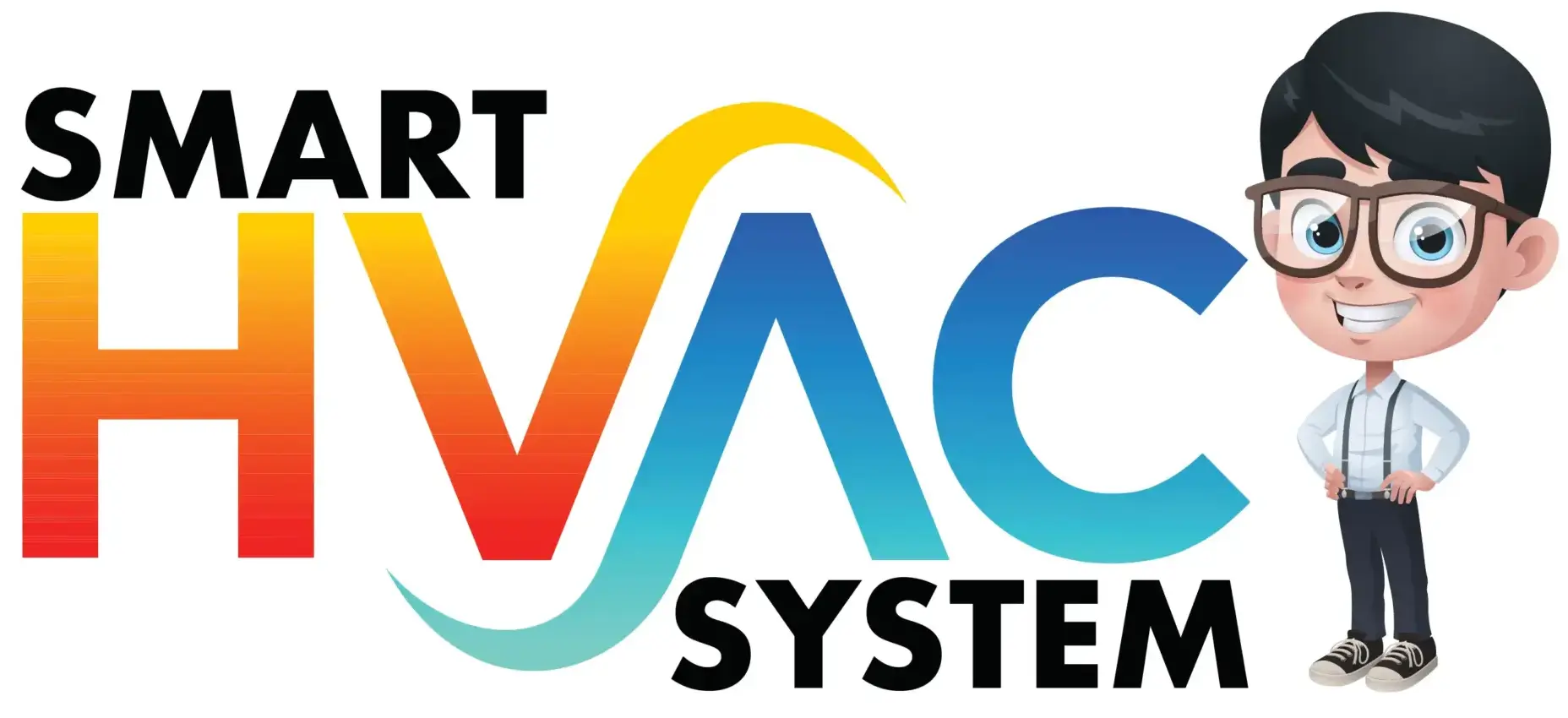When was the last time you thought about the air ducts in your home? While they may be out of sight, they should never be out of mind. Your duct system plays a critical role in circulating air throughout your house—but over time, it can become a hidden source of allergens, dust, and mold. That’s why air duct cleaning is more than just a maintenance task; it’s a step toward a healthier lifestyle.
In this article, we’ll explain how clean air ducts can transform your home environment, improve your health, and even help you save money.
Why Air Duct Cleaning Matters
Your HVAC system circulates air through the ductwork every time you heat or cool your home. Along the way, it picks up dust, pollen, pet dander, and other pollutants. These particles settle in the duct system and recirculate every time the system runs.
Professional air duct cleaning removes these contaminants, ensuring that the air you breathe is clean, fresh, and safe.
Health Benefits of Air Duct Cleaning
Indoor air quality has a direct impact on your health. Dirty ducts can contribute to or worsen:
- Allergies and asthma
- Sinus infections
- Fatigue and headaches
- Respiratory issues
By investing in air duct cleaning, you’re removing common irritants and allergens from the air, creating a more comfortable space—especially for children, seniors, and anyone with respiratory sensitivities.
Signs You Need Air Duct Cleaning
It’s not always obvious when your ducts need cleaning. Look for these warning signs:
- Musty or dusty odors when the HVAC is on
- Excessive dust on furniture and vents
- Increased allergy symptoms indoors
- Visible mold near vent covers
- Inconsistent airflow or hot/cold spots
If you notice any of these, it’s time to schedule a professional inspection.
How Air Duct Cleaning Works
A licensed HVAC technician uses specialized tools and powerful vacuums to remove debris from your duct system. Here’s a breakdown of the process:
Step 1: Inspection
Your system is evaluated to check for dust buildup, blockages, or mold growth.
Step 2: Cleaning
Technicians use high-powered vacuums and brushes to dislodge and extract contaminants from ducts, registers, and HVAC components.
Step 3: Sanitation (Optional)
Some services include antimicrobial treatments to kill bacteria or mold spores and prevent recontamination.
Step 4: Final Testing
The system is tested to ensure proper airflow and functionality.
Benefits Beyond Health
Clean ducts don’t just improve air quality—they enhance your entire HVAC system:
- Improved efficiency: Clean ducts reduce strain on your HVAC system, helping it run more smoothly.
- Lower utility bills: Improved airflow means less energy usage and cost savings.
- Longer system lifespan: Less buildup means fewer breakdowns and less wear on your HVAC unit.
- Cleaner home: Fewer airborne particles means less dust settling on furniture and surfaces.
How Often Should You Clean Your Air Ducts?
According to the National Air Duct Cleaners Association (NADCA), you should clean your ducts every 3 to 5 years. However, you may need more frequent service if you:
- Have pets that shed
- Smoke indoors
- Live in a dusty area
- Recently completed home renovations
- Have someone in the home with asthma or allergies
Choosing a Professional Air Duct Cleaning Service
Look for providers that:
- Are NADCA certified or follow NADCA standards
- Use commercial-grade equipment
- Provide detailed inspections before and after cleaning
- Offer transparent pricing
- Have strong reviews or references
Avoid services that offer prices that seem too good to be true or lack certifications—your health and home deserve better.
Conclusion: Breathe Easier with Clean Air Ducts
A clean home isn’t just about surfaces—it’s about the air you breathe every day. By scheduling regular air duct cleaning, you’re making a long-term investment in your health, comfort, and energy savings. Cleaner ducts mean fewer allergens, better HVAC performance, and a healthier environment for your family.
Don’t wait until your system is clogged or your allergies act up. Schedule a professional air duct cleaning today and take the first step toward healthier living—one breath at a time.
READ MORE:
